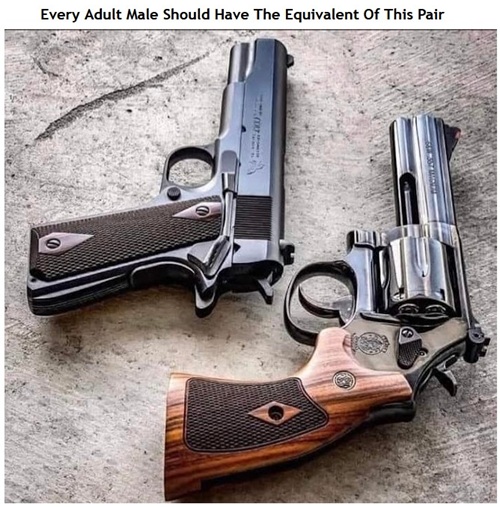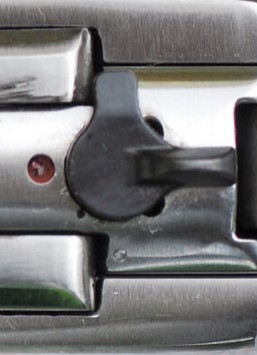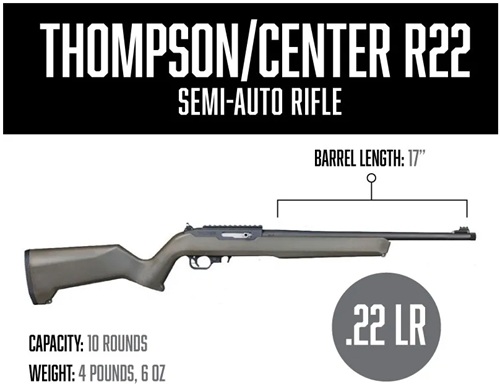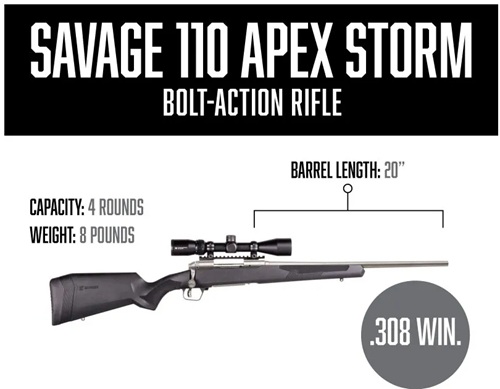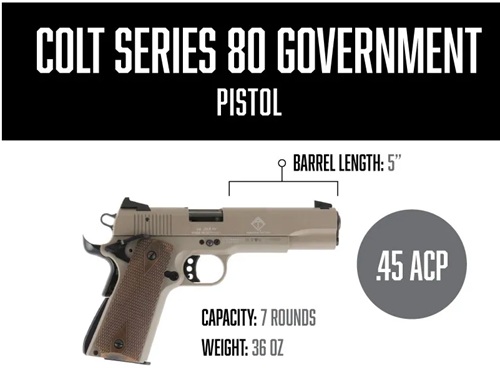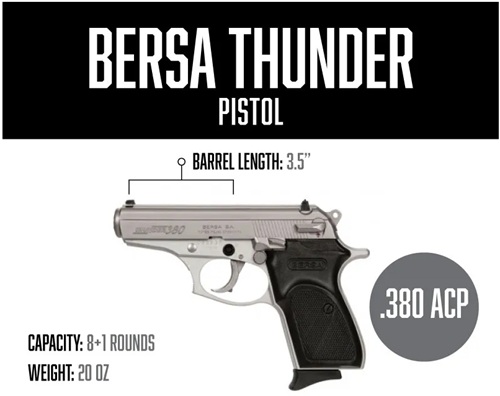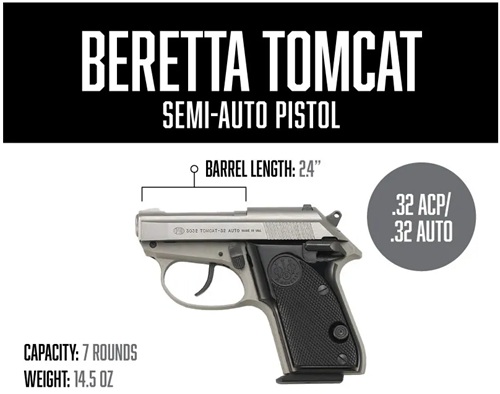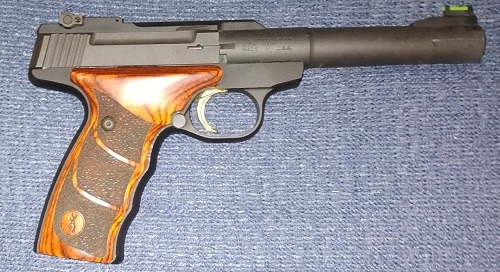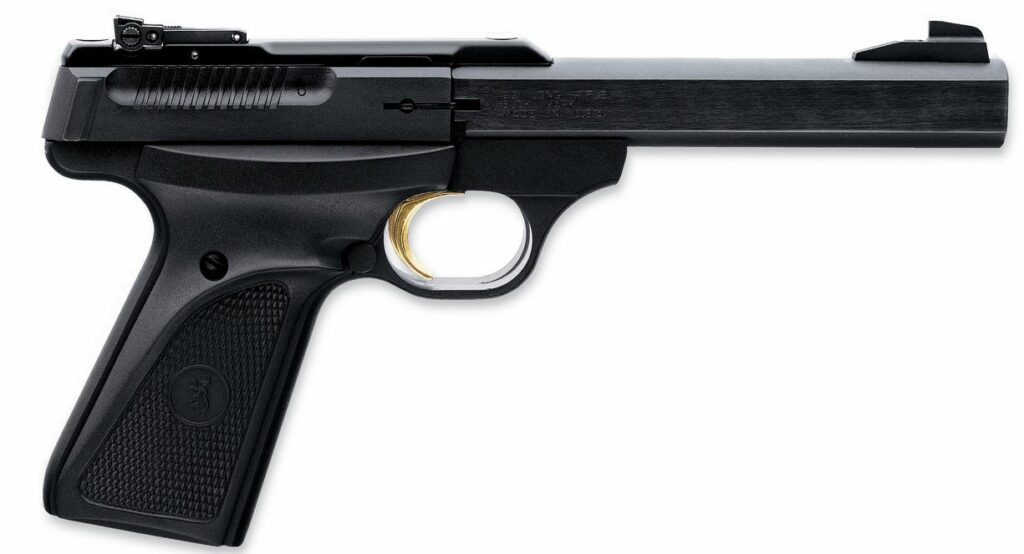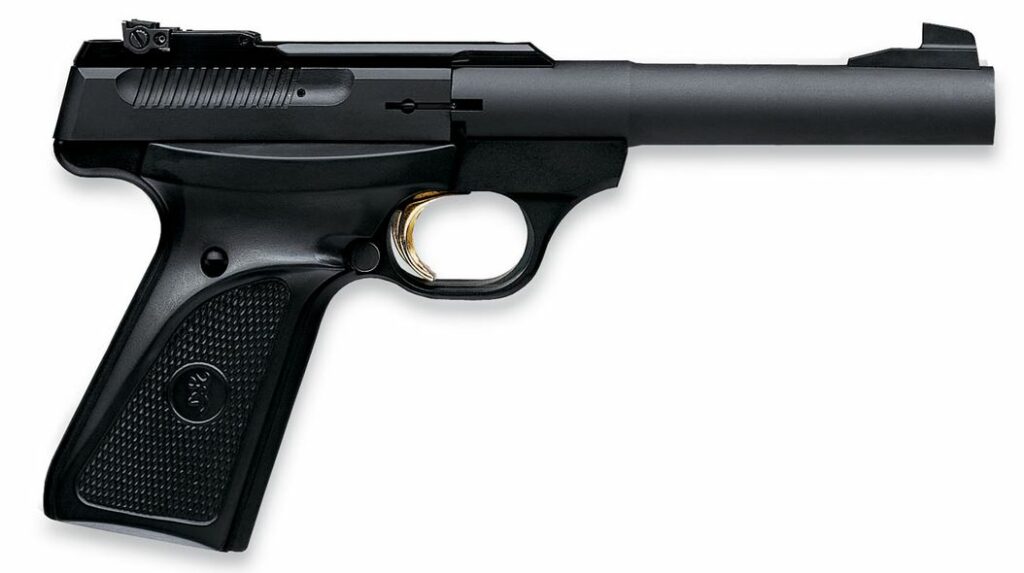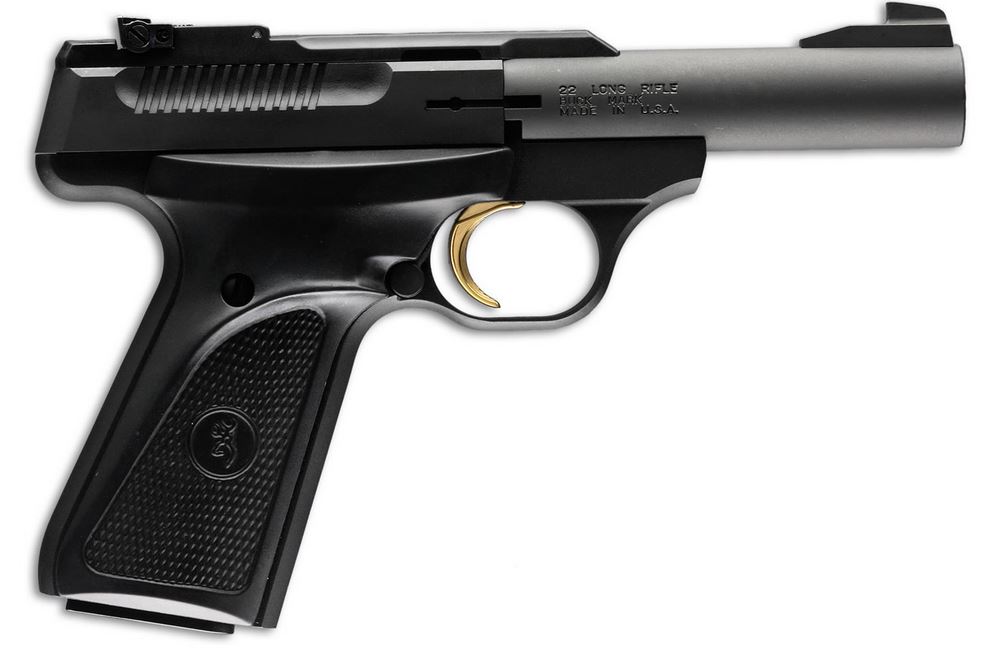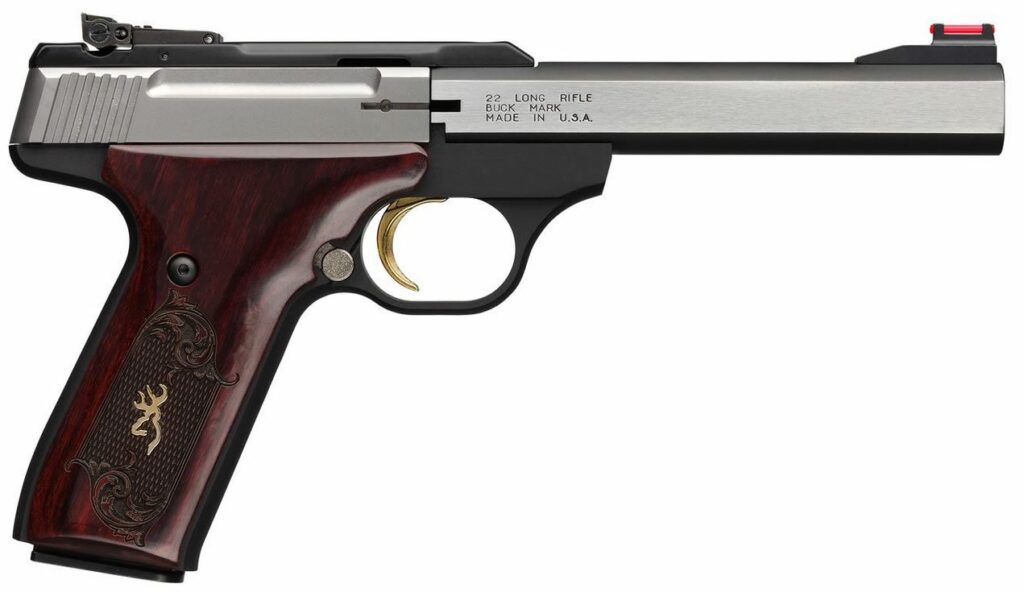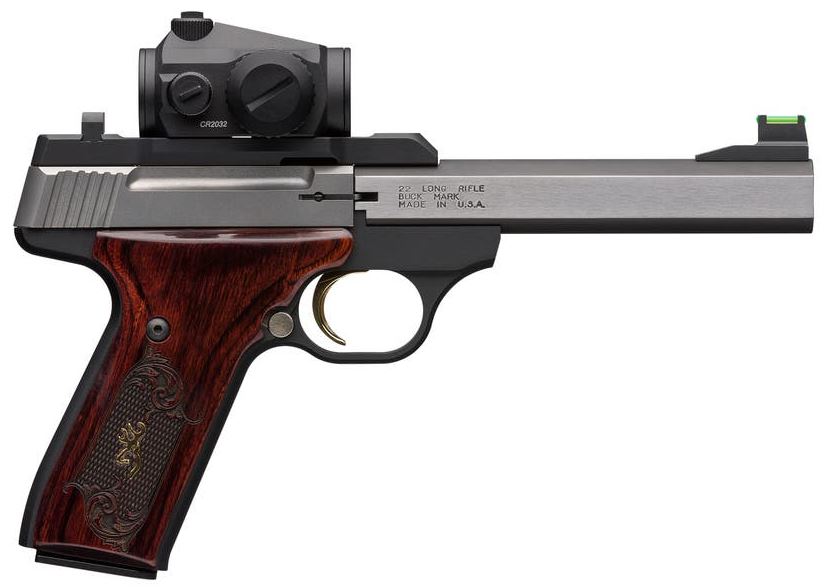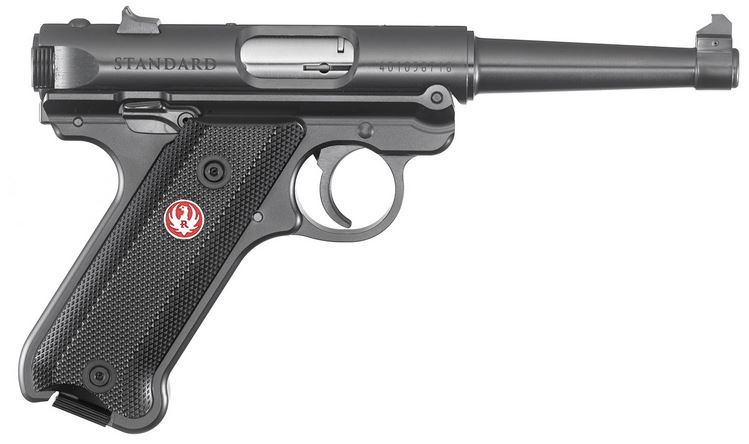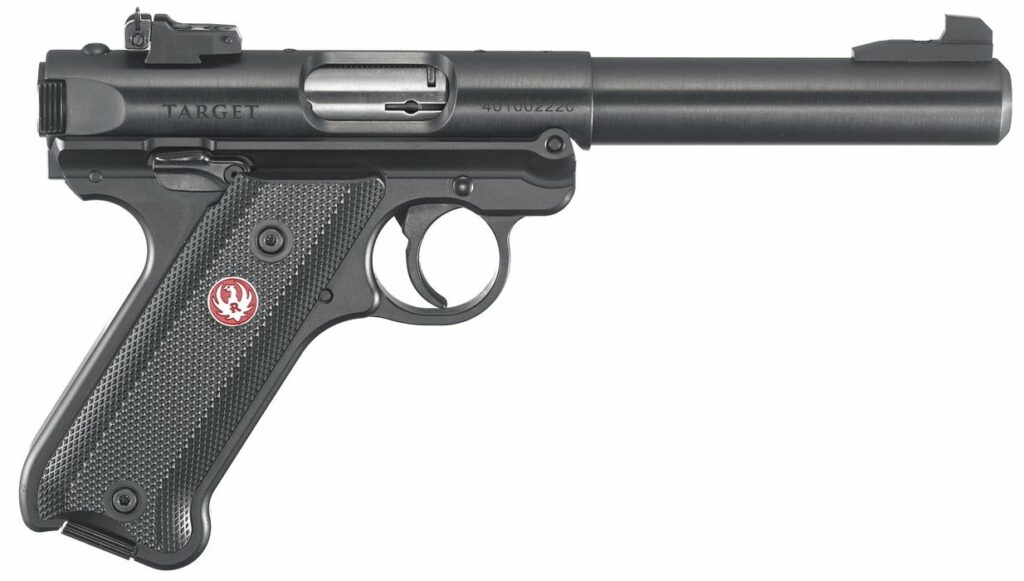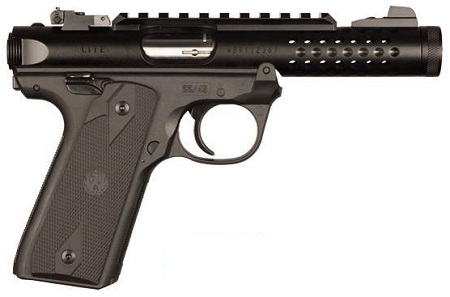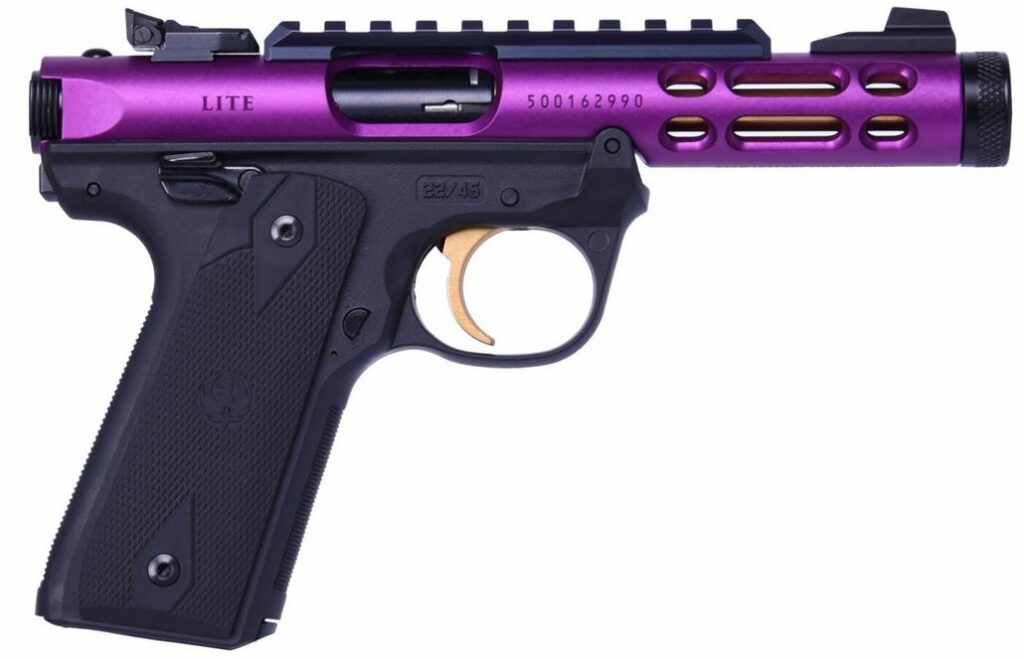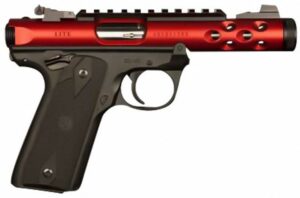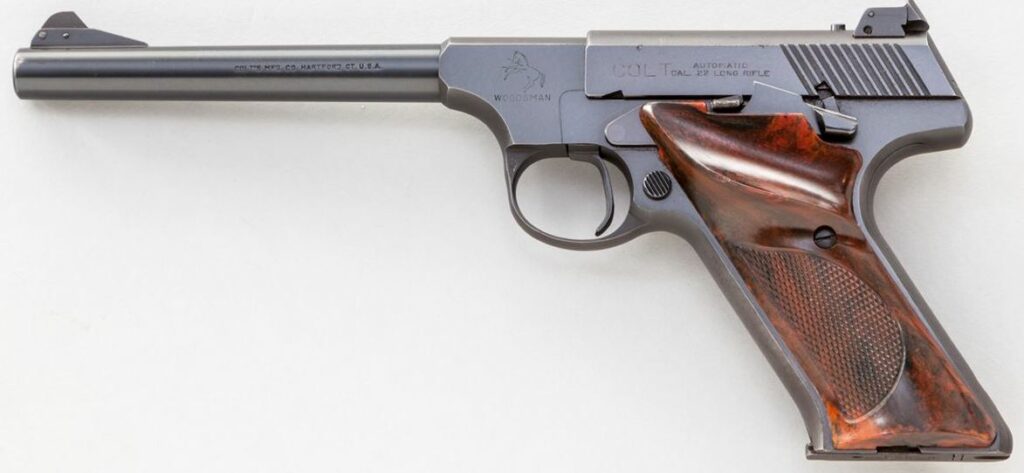…shotguns, that is.
I must confess that in this here Gun Thing, it’s the firearms type of which I claim little expertise. I’ve owned a couple, of course — as with most firearms types of the brass cartridge persuasion — both Brownings, the first being the fabled A5 Sweet Sixteen:

…which I have to say, in all honesty, I didn’t enjoy shooting. Mine was an older version which didn’t have the recoil pad like the one above; no, it was thinner and harder, and the Sixteen’s sharp recoil always beat the hell out of my shoulder. It didn’t help that the 16ga ammo was kinda spendy, too — as Mr. Free Market, who knows more about shotguns than I could gather in three lifetimes, has often stated: “All the unpleasantness of a twelve, with none of the advantages of the twenty.”
I far preferred shooting my other Browning semi-auto, the 20-gauge Gold Hunter:

I never regretted getting rid of the Sweet Sixteen, but I really regret losing the Gold Hunter in that Tragic Boating Accident On The Brazos — and since Browning has stopped making the Hunter line, those 20ga. Gold Hunters (predictably) are now scarce and if in decent shape, somewhat expensive, for a shotgun that is.
All this came to mind when some time ago I received a communication from some gun store about their reduced prices on Beretta semi-auto shotguns — no, I can’t remember which store and what the prices were, sorry — but I do recall which shotguns they were talking about: the A300 line, and specifically which sub-variants. They are two shotguns with diametrically-opposed functions. First, the A300 Ultima “Sporting” 20ga:

I have to say, I like the looks of this one (despite the camo finish — yeah, I know, ducks and turkeys and what have you), but I have an abiding respect for Beretta and its various products so I bet this lovely thing is a dream to shoot. Just get rid of the camo finish — oh, wait, here’s one I’d grab onto in a heartbeat:

I don’t care what you say, that is just plain yummy. Unfortunately, like most Beretta products, these 30″-barreled beauties cost more than I want to spend — over a grand for a semi-auto shotgun? Pass.
Not so yummy was the other Beretta piece in that email, the Ultima “Patrol”:

Okay, okay I know: with that shorty lil’ 19″ barrel, it’s not a sporter. It’s designed for the Swatties and Tactical Home Defense crowd, so that 7+1 ammo capacity is a sine qua non requirement. Whenever someone describes a gun as a “tool” — a topic for another time — then this is the kind of gun that jumps to mind. Look, it’s going to work, and well, and that’s its purpose. Fine. (Frankly, I’d rather go with a pump action, but that too is a topic for another time.) But as a gun I’d want in my gun safe? Pass.
Going back the the semi-auto part, I recall reading about John Moses Browning’s design for the A5, and how it’s been improved over time so the recoil isn’t as intimidating. As I said, I don’t know much about semi-auto shotgun designs (compared to handgun- and rifle designs, anyway), so I’m not going to talk about them and reveal my ignorance thereof. I have no idea about whether the Remington 11-87 is a better design or whether it’s just copied from Browning’s… whatever.
I just know that if I were to have a desire for a semi-auto shotgun, it would invariably tend towards the blued steel-and-walnut variety. But that’s pretty much true of my preferences for any gun, and you all know that about me anyway.

